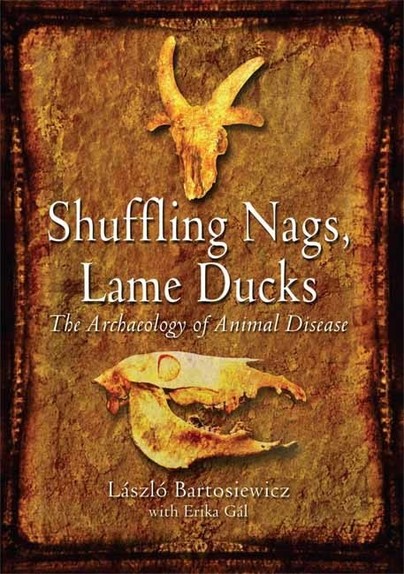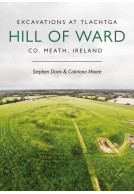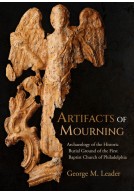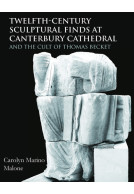Shuffling Nags, Lame Ducks (Paperback)
The Archaeology of Animal Disease
Pages: 264
ISBN: 9781782971894
Published: 1st November 2013
Casemate UK Academic
(click here for international delivery rates)
Need a currency converter? Check XE.com for live rates
The analysis of animal bone assemblages from archaeological sites provides much valuable data concerning economic and husbandry practices in the past, as well as insights into cultural and symbolic or ritual activity. Animal palaeopathology can identify diseases in archaeozoological assemblages but little interest has been expressed in investigating and understanding the cultural aspects of the diseases identified. Such assemblages represent the cumulative effects of human attitudes, decisions and influences regarding the keeping, care, treatment, neglect and exploitation of animals which result in a range of conditions, non-infectious diseases and injuries that can be recognised on ancient skeletal material. Additionally, ever since the domestication of a handful of animal species around 10,000 years ago, close physical proximity has been a mutual source of infectious disease and traumatic injury for humans and animals alike. Shuffling Nags, Lame Ducks provides an invaluable guide to the investigation of trauma and disease in archaeozoological assemblages. It provides a clear methodological approach, and describes and explains the wide range of traumatic lesions, infections, diseases, inherited disorders and other pathological changes and anomalies that can be identified. In so doing, it explores the impact that “man-made” decisions have had on animals, including special aspects of culture that may be reflected in the treatment of diseased or injured animals often incorporating powerful symbolic or religious roles, and seeks to enhance our understanding of the relationship between man and beast in the past. Chapters include:· History of studying pathological animal remains· Differences between human and animal palaeopathology· Methodology· Growth, development and ageing· Traumatic lesions· Inflammatory diseases and bone· Pathological lesions in working animals· Diseases connected to the environment














